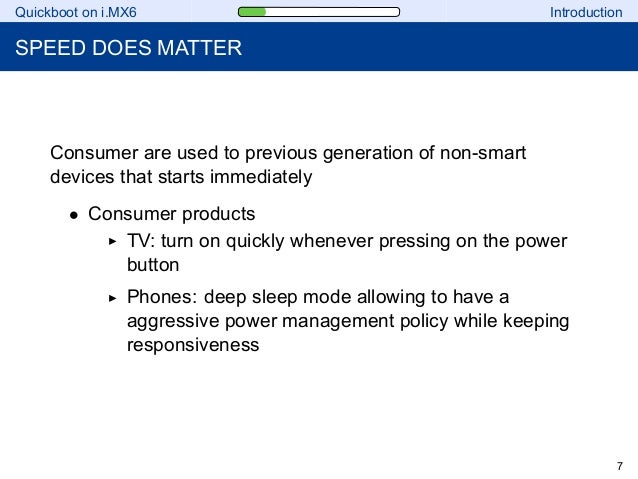

- Laptop quickboot how to#
- Laptop quickboot drivers#
- Laptop quickboot driver#
- Laptop quickboot full#
- Laptop quickboot windows 10#
Laptop quickboot how to#
We have an article on How To Speed Up Windows 10: Tips to improve PC performance. Windows updates running during active hours.using old HDD instead of the new, lighter, and faster HDD.


So anything more than one minute, for example, 3.5 minutes, would be too slow and contribute to the slow PC boot.īut many users continue to report slow boot problems in Windows 10, and according to users, this issue is caused by a number of signs, including: But Window 10 should boot in seconds if not too many processes are starting at boot time. The average Windows PC boot time is 1 minute. To answer this, let's first ask, "What is the average boot time for Windows 10?
Laptop quickboot windows 10#
This article will explore how you can speed up all Windows 10 versions even without upgrading your setup.īefore we get started, learn how to get started with Windows 10 here. More and more files are created on your device, your system receives updates, and your hardware might become less powerful to handle it all. This is a natural thing that happens, especially under heavy use, and it's normal to wonder about "how to speed up Windows 10 boot."
Laptop quickboot driver#
For example, the system-supplied NDIS driver disables miniport wake capabilities on a fast startup but not on a wake-from-hibernation.As time goes by, you might notice your computer getting slower. If the driver for a device configures the device differently depending on whether a cold startup or a wake-from-hibernation occurred, this driver should, after a fast startup, configure the device as though a cold startup occurred.
Laptop quickboot drivers#
Laptop quickboot full#
First, as in a full shutdown, Windows closes all applications and logs off all user sessions.To prepare for a fast startup, Windows performs a full shutdown sequence and saves a hibernation file. The TargetSystemState and EffectiveSystemState values might not match if, for example, the driver received notification of a pending system transition to the hibernation state, but a hybrid shutdown subsequently occurred.įor more information, see SYSTEM_POWER_STATE_CONTEXT. The EffectiveSystemState bit field indicates the effective previous system power state of the device, as perceived by the user. The TargetSystemState bit field specifies the last system power state transition for which the driver received a system power IRP before the computer shut down or entered hibernation. However, if TargetSystemState = PowerSystemShutdown and EffectiveSystemState = PowerSystemHibernate, a fast startup occurred. If TargetSystemState = PowerSystemHibernate and EffectiveSystemState = PowerSystemHibernate, a wake-from-hibernation occurred. The TargetSystemState and EffectiveSystemState bit fields are set to SYSTEM_POWER_STATE enumeration values. However, this structure contains two bit fields, TargetSystemState and EffectiveSystemState, that can be read by drivers to determine whether a fast startup or a wake-from-hibernation occurred. Most of the bit fields in the SYSTEM_POWER_STATE_CONTEXT structure are reserved for system use and are opaque to drivers. This information is encoded in bit fields in the SYSTEM_POWER_STATE_CONTEXT structure. Starting with Windows Vista, the Power member structure contains a SystemPowerStateContext member, which is a SYSTEM_POWER_STATE_CONTEXT structure that contains information about the previous system power states. The driver's I/O stack location in this IRP contains a Power member, which is a structure that contains power-related information. To distinguish a fast startup from a wake-from-hibernation, a driver can inspect the information in the system set-power ( IRP_MN_SET_POWER) IRP that informs the driver that the computer has entered the S0 (working) state. A fast startup tends to take significantly less time than a cold startup. In contrast, a fast startup simply loads the hibernation file (Hiberfil.sys) into memory. Next, the kernel configures core system functions, enumerates the devices attached to the computer, and loads drivers for them. To distinguish fast startups from wake-from-hibernation, kernel-mode device drivers can examine system power IRPs.ĭuring a cold startup, the boot loader constructs a kernel memory image by loading the sections of the Windows kernel file into memory and linking them. Fast (combines first two, introduced in Windows 8).There are three startup modes in Windows:


 0 kommentar(er)
0 kommentar(er)
